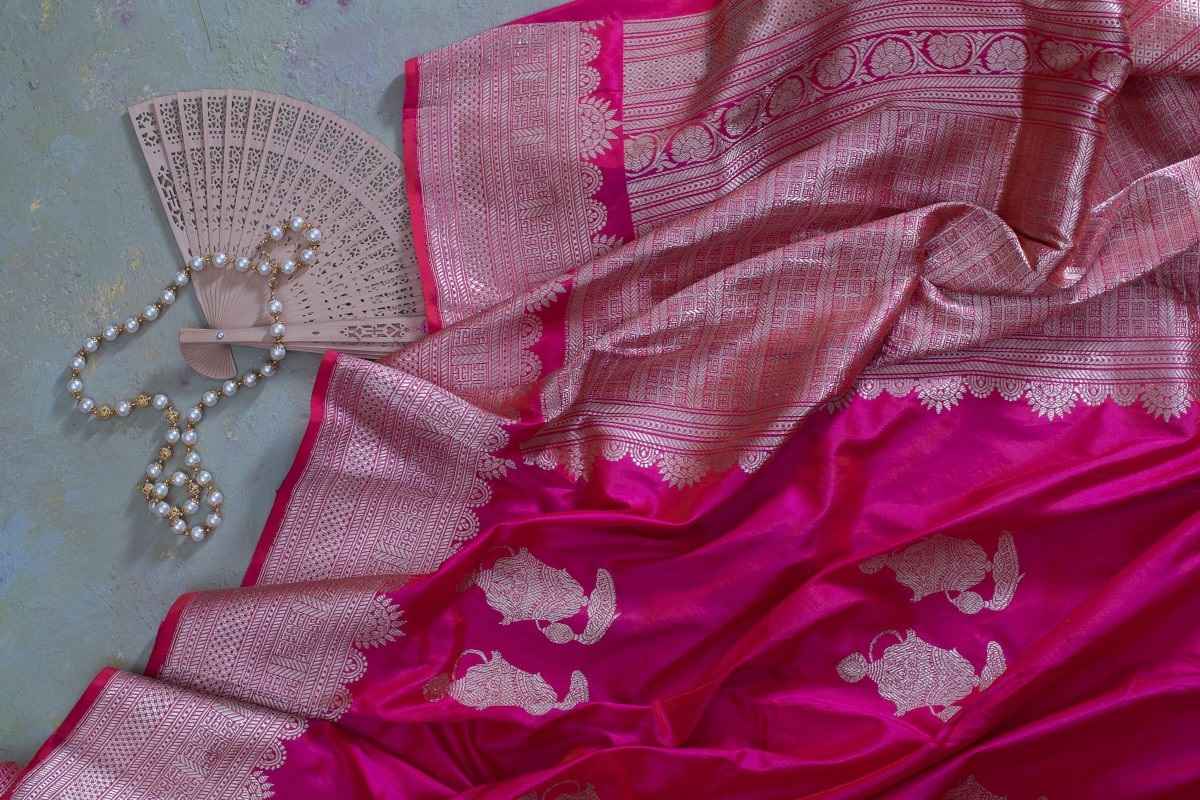+919330101112
Banarasi Sarees for Every Style: From Traditional to Modern
Banarasi sarees have become increasingly popular among women in today's era, with many celebrities spotted wearing them at special events and parties. Wearing a Banarasi saree can give you a trendy and fashionable look.
These sarees come in a variety of shapes, sizes, and colors, so it's important to choose a fabric that complements the unique work on the saree. The fabric should be of high quality, smooth, and strong enough to keep the work in place.

Heavy Banarasi Saree
Traditional events like weddings call for the most elaborately embellished sarees, and heavy banarasi saree are the way to go. The pattern give these a luxurious appearance.
Designs typically feature flowers and are meticulously crafted for a royal finish and a wonderful high-end appeal with affordable banarasi sarees price. The materials include silk, chiffon, and net.
Material and Work on Banarasi Saree
Banarasi sarees are a prized possession of Indian women and are known for their rich elegance and exquisite designs. The origin of Banarasi sarees can be traced back to the Mughal era when they were woven using pure silk and zari threads. The intricate designs and patterns of these sarees have been cherished for generations and continue to be a popular choice among women, especially during weddings and other formal occasions. In this article, we will explore the materials, weaving techniques, and unique features of Banarasi sarees that make them stand out.
History and Origins
Banarasi sarees are named after the city of Banaras, also known as Varanasi, located in the northern state of Uttar Pradesh in India. The city has been a center for weaving and textile production since ancient times, and the art of Banarasi saree weaving has been passed down from generation to generation. The Banarasi sarees were initially made for royalty and were considered a symbol of luxury and prestige.

 English
English Spanish
Spanish French
French German
German Italian
Italian Chinese (Simplified)
Chinese (Simplified) Japanese
Japanese Korean
Korean Arabic
Arabic Portuguese
Portuguese Call Me Free
Call Me Free